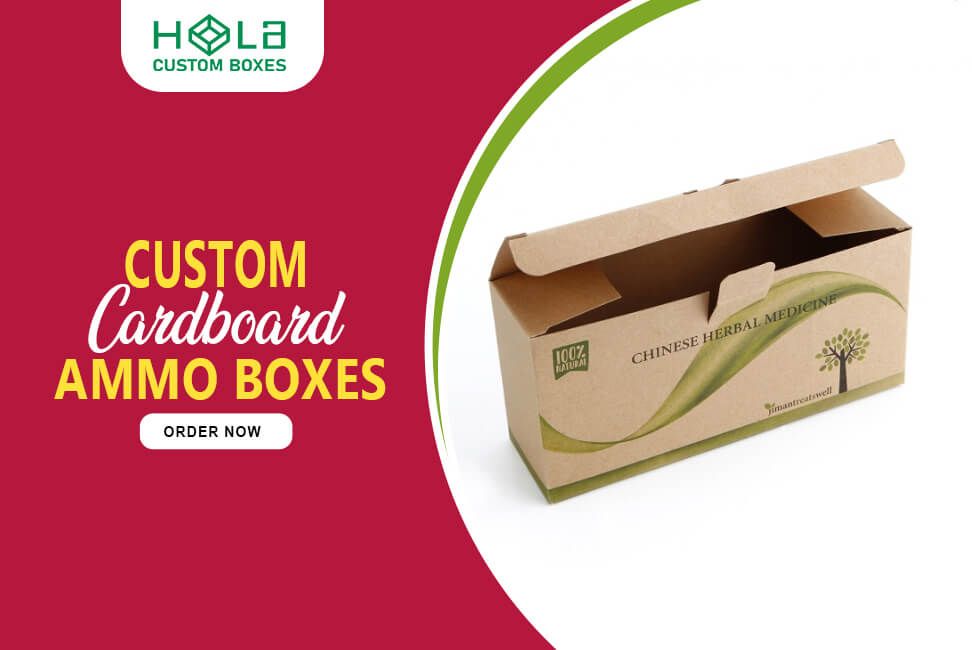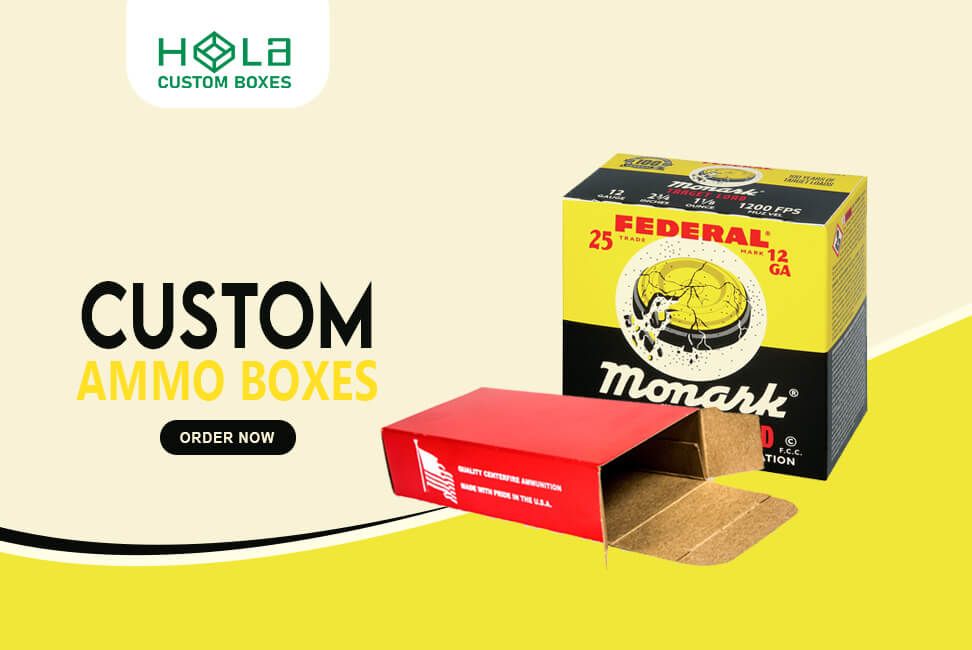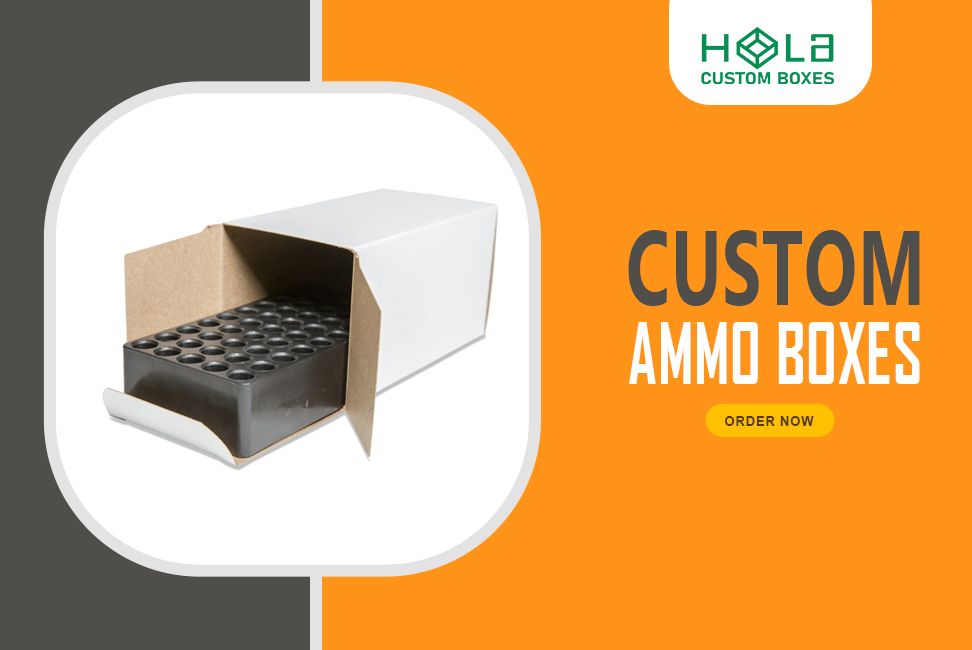
6 Key Factors Ensuring Ammo Box's Moisture Resistance

In the realm of ammunition storage, the battle against moisture is an ever-present adversary. Like a relentless torrent, moisture seeks to infiltrate even the most fortified of ammo boxes, jeopardizing the integrity of the precious cargo within.
However, fear not, for this article unveils the twelve key factors that ensure the unyielding resistance of ammo boxes to moisture.
Through meticulous material selection, innovative sealing techniques, and strategic ventilation design, these factors provide a shield of protection, safeguarding the ammunition's potency and reliability.
Key Takeaways
Suitable materials with excellent moisture-resistant properties, such as high-density plastics and corrosion-resistant metals, are essential for ensuring moisture resistance in ammo boxes.
Waterproof coatings, composed of thin, impermeable layers, play a crucial role in protecting against water infiltration.
Effective sealing techniques, such as using silicone gaskets made from a durable and flexible material, create a secure and airtight seal to prevent moisture entry.
Moisture-absorbing materials, such as desiccants and moisture barrier bags, help enhance moisture resistance by absorbing excess moisture and controlling humidity levels.
Material Selection For Moisture Resistance Cardboard Ammo Boxes
When considering the moisture resistance of an ammo box, the selection of suitable materials is of paramount importance. Moisture barriers play a crucial role in preventing water infiltration and ensuring the protection of ammunition stored inside. The manufacturing process of ammo boxes involves careful consideration of materials that possess excellent moisture-resistant properties. These materials must be able to withstand various environmental conditions and provide a reliable barrier against moisture.
Commonly used materials include high-density plastics, such as polyethylene and polypropylene, which offer excellent resistance to water penetration. Additionally, metals like aluminum and stainless steel are often employed due to their corrosion-resistant properties. The selection of materials with robust moisture barriers is a crucial step in ensuring the integrity and longevity of an ammo box.
These moisture-resistant materials lay the foundation for further protection, such as the application of waterproof coatings, which will be discussed in the subsequent section.
Waterproof Coatings For Cardboard Ammo Boxes
One crucial factor in ensuring the moisture resistance of an ammo box is the application of waterproof coatings. These coatings act as a protective barrier, preventing water from seeping into the box and damaging its contents.
To enhance the effectiveness of waterproof coatings, nanotechnology applications are being utilized. Nanotechnology allows for the creation of thin, impermeable layers that provide an exceptional moisture barrier.
Here are three key aspects to consider when it comes to waterproof coatings:
1. Material Composition: The choice of materials used in the coating can significantly impact its waterproofing capabilities. Certain polymers and resins have hydrophobic properties, repelling water effectively.
2. Application Technique: The method used to apply the waterproof coating is crucial in achieving uniform coverage. Techniques like spray coating or dip coating ensure even distribution, leaving no vulnerable areas.
3. Durability and Longevity: The coating should be durable enough to withstand various environmental conditions, including extreme temperatures and UV exposure. A long-lasting coating ensures prolonged moisture resistance.
Sealing Techniques Of Cardboard Ammo Boxes

To further enhance the moisture resistance of an ammo box, implementing effective sealing techniques is paramount. A reliable moisture barrier is essential to prevent water or humidity from infiltrating the box and damaging its contents.
Silicone gaskets are highly recommended for creating a tight seal that keeps moisture out. These gaskets, made from a durable and flexible material, provide a reliable barrier against water and humidity. Their unique properties allow them to maintain their effectiveness even in extreme conditions.
When properly installed, silicone gaskets create a secure and airtight seal that prevents any moisture from entering the ammo box. This ensures that the ammunition remains dry and functional, ready for use whenever needed.
Moisture-Absorbing Cardboard Materials For Ammo Boxes
Implementing moisture-absorbing materials is another crucial factor in enhancing the moisture resistance of an ammo box, ensuring optimal protection for its contents. These materials work by effectively controlling humidity levels and preventing moisture from entering the box.
Here are three types of moisture-absorbing materials that can be used:
1. Desiccants: These substances, such as silica gel or calcium chloride, are commonly used to absorb moisture from the air. Placing desiccant packets inside the ammo box helps to maintain low humidity levels and prevent moisture-related damage.
2. Moisture Barrier Bags: These bags are made from materials that have excellent moisture prevention properties. They create a protective barrier against humidity, keeping the contents of the ammo box dry and free from moisture-induced deterioration.
3. Moisture-Absorbing Packets: Similar to desiccants, moisture-absorbing packets are designed to soak up excess moisture. These packets often contain moisture-absorbing crystals or beads that effectively control humidity levels within the ammo box.
Ventilation Design

In considering the moisture resistance of an ammo box, careful attention must be given to the design of its ventilation system. Proper ventilation is essential for effective moisture control and air circulation within the box. The ventilation design should allow for the exchange of air while preventing the entry of moisture. This can be achieved through the use of strategically placed vents or perforations that allow air to flow freely but prevent the ingress of water or humidity.
A well-designed ventilation system ensures that any moisture inside the ammo box is quickly removed, reducing the risk of damage to the ammunition or other contents. Adequate air circulation also helps to maintain a stable internal environment, further enhancing the moisture resistance of the box.
With the ventilation system in place, it is then important to implement quality control measures to ensure that the box meets the desired standards.
Quality Control Measures
After considering the design of the ventilation system, the next step in ensuring the moisture resistance of an ammo box involves implementing rigorous quality control measures. These measures are essential to guarantee the reliability and durability of the ammo box in various environments.
Here are three key quality control measures that should be implemented:
1. Testing standards: Ammo boxes should undergo rigorous testing to ensure they meet the highest industry standards for moisture resistance. This can include simulated environmental tests to assess the box's performance under extreme conditions.
2. Humidity control: Quality control measures should include monitoring and controlling the humidity levels within the ammo storage facility. This can be achieved through the use of dehumidifiers or other humidity control devices to maintain the ideal moisture levels and prevent any moisture-related damage to the ammo boxes.
3. Regular inspections: Regular inspections should be conducted to detect any signs of moisture damage or potential vulnerabilities in the ammo boxes. These inspections should be carried out by trained professionals who can identify and address any issues promptly.
Appreciate the creator